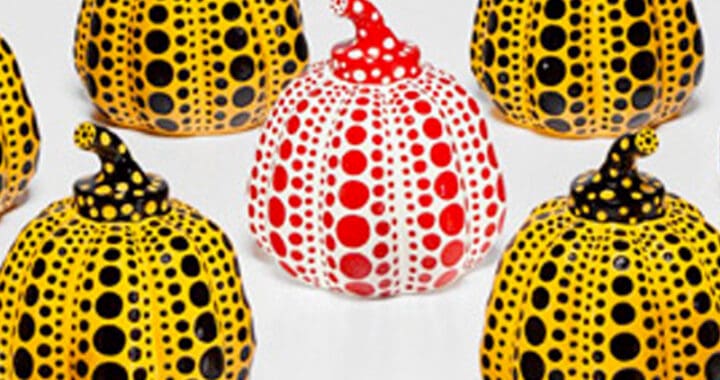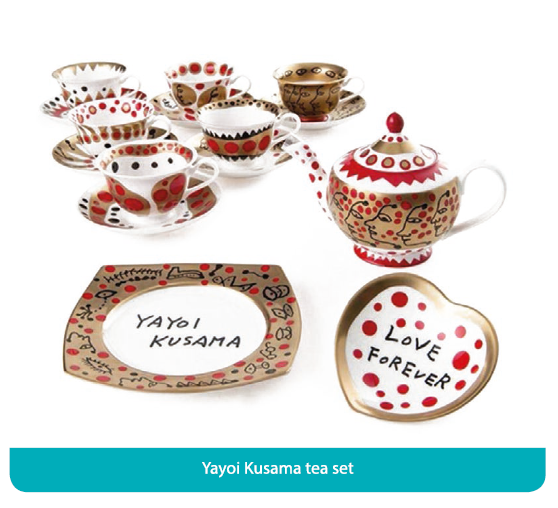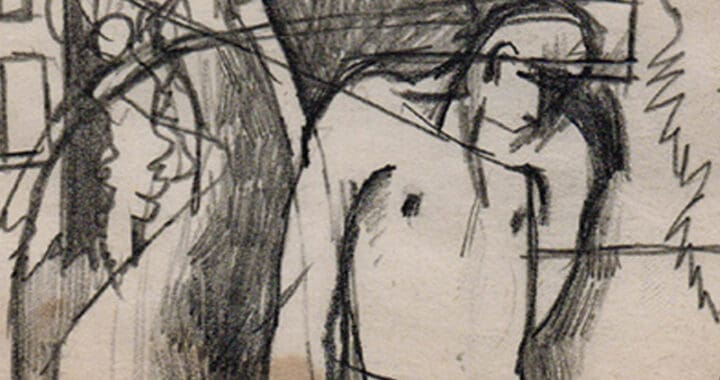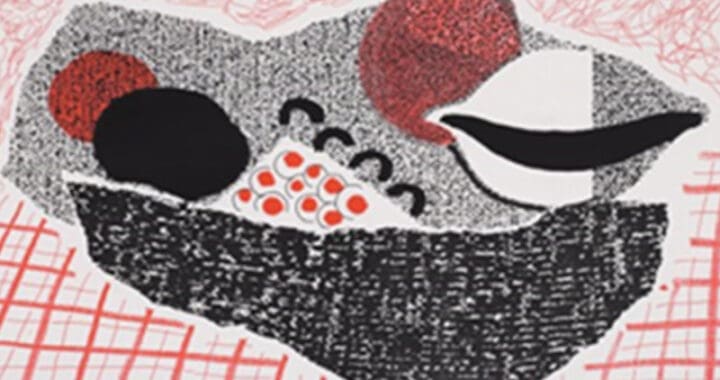
‘Never waste a crisis’ they say in the art business. The various lockdowns, and Covid itself, has forced the art market to adapt quickly to the new challenges we all face in our lives and businesses. When you think of the art business, it’s about people and face to face meetings, parties and major auction gala openings etc. So how, in the face of the pandemic, are they going to manage, when indeed the very people they need to see and sell to are no longer allowed to travel or even mingle in any way shape or form!
Brilliantly and swiftly auction houses reacted almost overnight. Having worked in the auction industry myself for over 30 years, I’m well aware of how many great ideas were sitting on the shelves in auction houses just waiting for the right moment to be put into practice, now suddenly, that ‘right moment’ is now and all the ideas are in play. Realising that it would now be impossible for people to view in person, they switched to remote live and timed online auctions. The latter, prior to Covid, had only been mildly successful, but now, with no other option and with bidders locked up at home, they found tens of thousands of new bidders. We were about to witness the reality of presenting auctions live to the public- with nobody at all sitting in the saleroom! Those of you who have attended auctions will recognise the buzzing atmosphere with people here, there and everywhere all bidding and crammed shoulder to shoulder. Well, none of that was going to be possible now.
Christie’s mounted what they called a ‘global auction’ which was an extraordinary feat of logistics and engineering. There was an auctioneer in Hong Kong passing on to the auctioneer in Paris, passing on to an auctioneer in New York, so literally back-to-back auctions spanning almost 15 hours! What was truly remarkable was the numbers. Over 160,000 people were either watching or bidding around the world, whereas normally they might expect 30,000 online viewers and the prices achieved were every bit as strong. In some cases, even stronger than pre-pandemic, mainly because new people were involved so bidder numbers were significantly higher than would have been seen before. In fact, there were so many people attempting to log on to watch, me included, that it was impossible for the system to cope! They reacted quickly though and adapted things. So much so that one year on 160,000 + people watching an auction in various locations around the world is normal and they no longer run out of bandwidth.
To further develop the online offering, new visual aids have appeared. You can now gauge the size of the picture you were thinking about buying on a virtual wall. To be able to gauge the size of the piece is genius, as sometimes in our heads it’s bigger or smaller than it really is.
Auctioneers around the world are still adapting to the new norm. However, not all of them are doing auctions in exactly the same way, which is rather refreshing. Some are conducting live auctions with an auctioneer, sometimes in his own living room, with images and bidding increments being presented on your screen so everything is there for you, while the actual pieces are safely in the warehouse.
Condition reports for multi million dollar lots are essential so that at a distance you can be comfortable with what you’re buying, Covid rules allow for independent restorers to visit the rooms to do reports on behalf of the vendors and are flat out doing just that!
We’re only a year on, however it seems like five years’ worth of ideas and development have been squeezed into less than a year of real time when it comes to auctions. You can now bid on either a live auction in one session with an auctioneer and nobody except staff in the room, or on a timed online auction which is spread over a week or so. Everyone is doing it in their own slightly differing ways and yet all are instinctively seeming to get it right.
Major auctions now appear on YouTube so you can search Christie’s auction and watch a recorded New York auction from beginning to end, followed by a second session in London if you have the energy! The 160,000 people worldwide watching in 2020 has now grown to nearer a million in some cases with auction houses using multiple cameras and angles just like a football match.
For art dealers, international art fairs are the lifeblood to their businesses as it’s where they meet new clients, re-engage with existing clients and show exciting new pieces and discoveries for the first time. The buzz of fairs, such as Masterpiece, the London Art Fair and the Armoury and Frieze fairs are all suspended. The galleries are no longer able to use their physical shop space to garner interest, so to reach out they are turning increasingly to newsletters, updates and new stock reports, knowing that we’re all locked down so much more likely to read what they are sending us. While it’s not possible to go into the galleries themselves, new virtual portals have opened, run by those dealers usually involved with art fairs. This allows them to showcase on other platforms such as Love Antiques, The Bruno Effect and 1st dibs and 2covet – all of whom are benefitting from added interest in this lockdown world.
It’s fair to say that pretty much everything is virtual in the art world now. The upshot I think is that for many people buying at auction and galleries has been totally demystified so encouraging new buyers. When lockdown ends and we get back to something near normal, I think that the art world will bounce back with a vengeance. People will still want to buy at auctions but will accept and enjoy attending virtually too, and there will be an equal number of people who have been introduced to buying art via virtual fairs and exhibitions.
Virtual Auctions

Live auction at Christie’s London on March 1st 2021, here we see the hammer about to come down on the only wartime painting completed by Winston Churchill ‘ called the Tower of the Koutoubia Mosque. it was completed by Churchill in 1943 after the allied conference in Morocco and given to President Franklin D Roosevelt and much later bought by Brad Pitt for his then wife Angelina Joli and sold in this auction on her behalf for nearly 6 times its pre-sale estimate of £1.5 million for a record breaking £8.3 million. The auctioneer is the only one not wearing a mask, see below

Staff bidders at the March 1st auction, not black tie anymore for gala auctions, it’s now matching black masks for everyone. You can’t see but there are no members of the public in the saleroom at all, they are either on these phones or online, only these masked phone bidding staff , the auctioneer plus a few masked art handlers showing the works are the only people in the room. The room would normally be packed yet despite everything this sale and all the others have been rip roaring successes. The sale was filmed using multiple cameras and angles and is therefore fun to watch it is on you tube, just search Christie’s auction where it can be viewed in full, on the night the auction was viewed by over 100,000 people. It appears that watching auctions under lockdown has gone viral !

A rare early picture by Vincent van Gogh, Rue Montmatre , estimate £5-8 million for sale at Sothebys on March 25th 2021 ,this is the image from the online catalogue, it has a ‘zoom in’ facility and condition report, lot essay etc see below

Same Van Gogh picture shown on a virtual wall, next to a virtual window, to give you a sense of its scale

Arg-Ala by Damien Hirst,
Estimate £150-200,000
In a Sothebys online timed auction 26th March, 2021, bidding is over a week usually and progress is shown 24/7 like e bay, bidding ends at a specific time and day with a delay if bidding is still active and will continue until bidding stops , at the time of writing it was £150,000, the picture is 50 x 50 cms and is seen here with an art handler nearby to give scale. These online timed sales were mainly used for lower value lots or collection sales pre- covid , however they have now fully proved their ability to sell very high value lots well.

The latest big news in the auction world is digital art , known as NFT’s ( Non Fungible Tokens) this is a brand new development as of March 2021. This image shows a work with multiple images titled ‘The First 5,000 days ‘ created over 5,000 days by Mike Winkelmann, aka ‘Beeple’ sold for $69,000,000 in Christie’s New York . Again this was not a live traditional auction it was a timed sale as for the Hirst in fig 6. Amazingly the starting estimate was only $100 and there was no reserve , bidding only began actively a few minutes before the auction was due to close, bids rose from $100 to $69,000,000 in a matter of minutes ! It was bought by Vignesh Sundarasen a Singapore based investor. The work doesn’t exist in a tangible form, so you can’t hang it up anywhere nor have you bought the copyright which stays with Beeple the artist. However you can trade it via the unique access code you receive with the work.

Another digital work made up of multiple individual images again by Beeple, called ‘The Next Chapter’ Beeple first began making his ‘Everydays’ (one image per day) in 2007, however lockdown and its full embrace of live online auctions seems to have provided the catalyst to go global with offering digital works at auction online.
Virtual Art Dealing

Unlike the auction houses Art Dealers don’t have the monkey of back to back auction calendar to manage, however they do rely on major Art fairs and events such as Frieze, The London Art Fair and Masterpiece to showcase new works and meet new clients and make sales. Many of the events have been postponed, however The London Art Fair went digital, showcasing individual galleries such as Alan Wheatley in this image. The image and details will have been shared with all registered attendees of previous year’s fairs and is teamed up with experts and other curators to present a series of lectures, webinars and virtual events to drive sales.

More London Art fair 2021 images, featuring works for sale by Bridget Riley, Ian Davenport and others

Welcome page for 2covet a new online dealer platform enabling dealers to continue to have access to sales and new clients while their shops remain closed.

2 covet dealer page showing more traditional pictures from a dealer in late 19th and early 20th century
Pictures.

2 Covet website showing the range of categories available to buy.

A new site, ‘The Bruno Effect, due to open June 2021 focussing on antiques vintage and 20c design.

Bruno Effect’s dealer focus page

1st Dibs is an established online dealer platform, they have a full range of art and antique dealers who pay commission on sales along with a monthly subscription so it’s quite an investment , if you also have a closed shop, lockdown will have encouraged many more dealers to move online to this site. They hold online dealer and object focus events plus editors picks so many more dealers are moving online

A current ‘Editor’s Picks’ event page on 1st Dibs featuring items from different disciplines chosen by the Editor.




























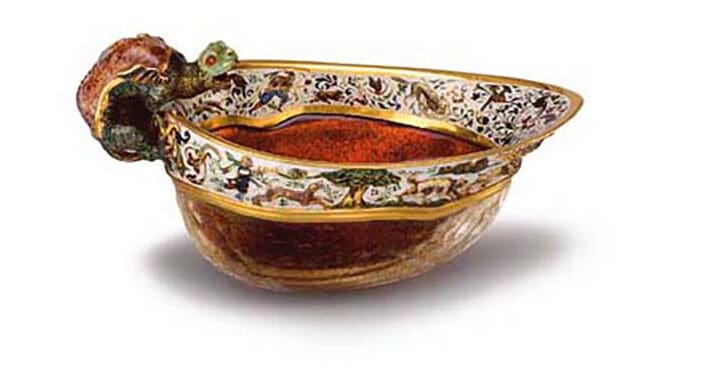
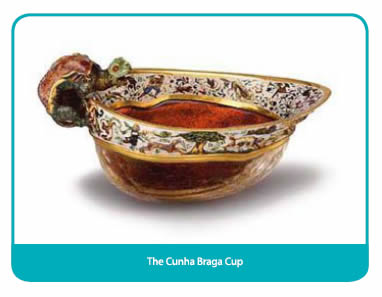

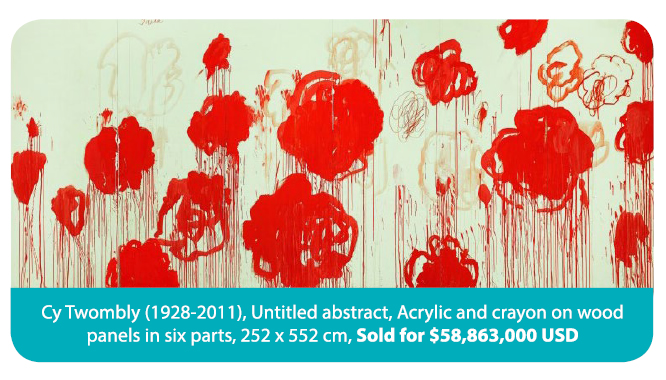






 In 1974 I worked for Alex Postan Fine Art and was entrusted with getting publicity for the show of etchings, which included watercolours and acrylics as well as prints. It was the easiest job I have ever had. Marina Vaizey wrote a half page review of it in The Telegraph, Bill Packer, a half page in the Financial Times and it was in the list of the 10 best things to do this Christmas in London in the Daily Express. Rod Stewart came to the private view. Oxtoby went on to exhibit with the Redfern Gallery in Cork Street in the 70s where the private views would sell out. Elton John bought Oxtoby’s canvases in vast numbers, for prices that were somewhere between Hockney and Picasso. He is still with the Redfern.
In 1974 I worked for Alex Postan Fine Art and was entrusted with getting publicity for the show of etchings, which included watercolours and acrylics as well as prints. It was the easiest job I have ever had. Marina Vaizey wrote a half page review of it in The Telegraph, Bill Packer, a half page in the Financial Times and it was in the list of the 10 best things to do this Christmas in London in the Daily Express. Rod Stewart came to the private view. Oxtoby went on to exhibit with the Redfern Gallery in Cork Street in the 70s where the private views would sell out. Elton John bought Oxtoby’s canvases in vast numbers, for prices that were somewhere between Hockney and Picasso. He is still with the Redfern.